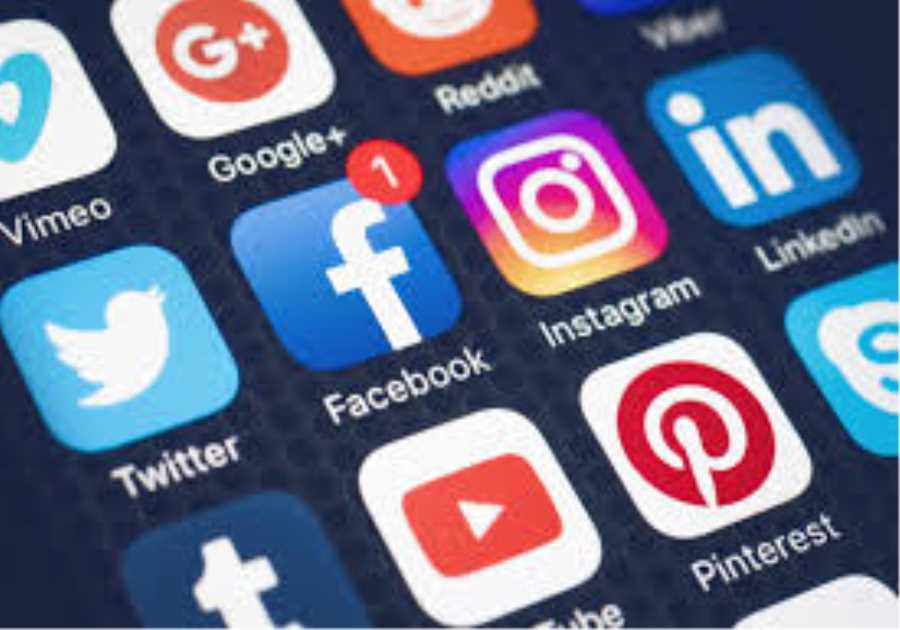
In 1974, Burger King introduced a jingle that encouraged consumers to customize their Whopper. It said, “Hold the pickles, hold the lettuce, special orders don’t upset us.” This jingle highlights the ever growing desire to customize the products they are buying. In fact, on average, 71 percent of consumers expressed frustration when their shopping experience is impersonal. From 2015-2018, interest in buying customized products grew by 2.4 times. It is becoming ever clearer that customization is a necessity; one size fits all is not good enough now. Product configurator is here to make this experience happen.
When looking at customizing products, there are four approaches. These range from low to high customization and are adaptive, transparent, cosmetic, and collaborative. Starting with low customization, adaptive customization is when a standardized product is designed to accommodate many uses. Both the appearance and function are standardized and there is no customer input. Next is transparent. With this one, the manufacturer adjusts the products based on customer data. With this, the function is customized, but the appearance is standardized. There is no customer input. As the name implies, cosmetic has only the appearance customized—the function is standardized. Customer choices are restricted to the final stages of manufacturing and the customer input is minimal. Finally, collaborative has the highest level of customization. This approach creates a truly unique product based on customer preferences. With collaboration, both the function and the appearance is customized.
Going with customization is a good idea, but when looking for a custom product, 42 percent of customers want the brand to decide what options are available to them. However, not all customization is good customization. Bespoke products, which are completely unique and one of a kind, have a high cost and are not really able to be mass produced. The answer to this is a configured product. This is a cost-effective, mass produced customized product. This method combines the benefits of customization and standardization. The resulting product has a lower cost, but still maintains a high level of scalability. This method is also available to small and large businesses.
In order to have configured products, you need a product configurator. Product configurators are powered by rules. They use a product database that includes data like the features and functions of each part (such as maximum load, environmental exposure, and usable lifespan) and how products work together within assemblies (like fastener options, physical measurements, and wire sizes and colors). These rules are in place to make sure everything works as planned and that there are no misconfigurations. The configurable parameters include product size and bore/stroke, energy source, output power, duty cycle, RPM, and materials and finishes.
Having product configurators are good for business as well because they make customization scalable. Companies who offer configurable products see improvements in revenue, quality, cost and launch dates compared to companies who do not. Offering configurable products improves engagement, increases brand loyalty, grows profits and revenues, widens the customer base, and reduces rework and returns. Companies that invest in customization are more likely to mee product targets. While looking at product configurators, you should look for these features: data available early on, customer experience, real-time pricing, and 360 degree visualization.
It’s time to get the full personalized experience that eCommerce has promised for a long time coming – check out the following visual deep dive below:
The post Product Configurator: Personalized eCommerce at Last appeared first on Social Media Explorer.
Did you miss our previous article...
https://socialmediaamplification.com/social-media-analysis/what-you-should-look-for-when-picking-a-web-design-agency






